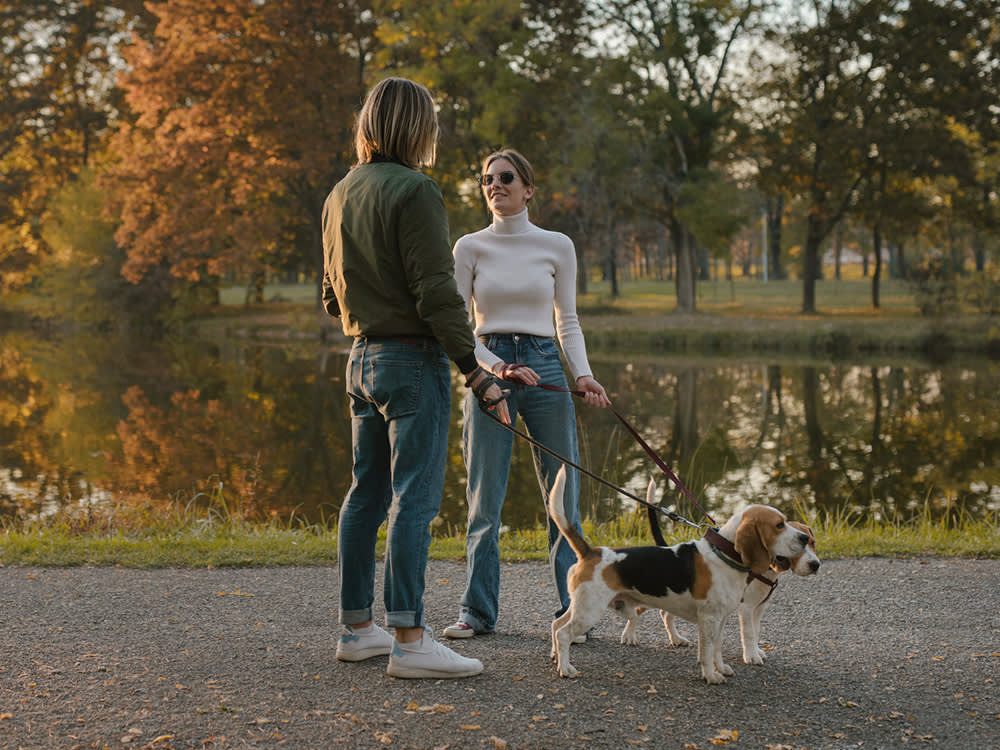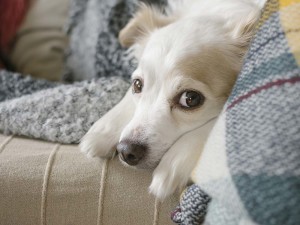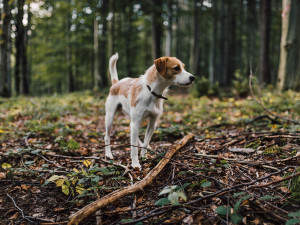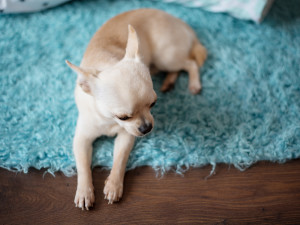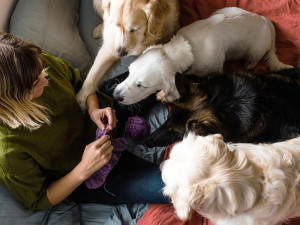Why Do Dogs Pee on Other Dogs (and Leashes) During Walks?
Is your dog guilty of this offense?
Taking multiple male dogs out for a walk can be like taking your own little watering can out for a spin — a splash on the light post, a few drops for the fire hydrant, a dribble over an old pile of poop, a good soaking of the neighbor’s prize roses. Dogs aim their urine for marking purposes, so they’re able to direct the stream somewhat accurately.
Urine marking in dogs is a well-known behavior in the sense that everyone is aware that it happens, but it is poorly known in the scientific sense because so few studies have examined it with a rigorous approach.
Trick question: All dogs are perfect! But find out which type is the best fit for you.
You’ve Got (Pee)Mail
Countermarking behavior in dogs (what they do during walks) consists of either marking on (overmarking) or near (adjacent marking) previous scent marks. From our perspective, one patch of grass or tree is pretty much like the next. A studyopens in new tab on the effects of sex and social status found that what we think we know about marking behavior from observing it casually, even over years and years, may not be as spot on (so to speak) as we think.
Comparing marking between dog friends and unfamiliar dogs, here’s what researchers found:
How much do you spend on your pet per year?
Intact males were more likely to overmark urine from intact females.
Males who overmarked had a higher tail base position (which the authors used as a measure of social status) than males who did not overmark.
Familiarity with a dog did not affect overmarking, but dogs adjacent marked only urine samples from unfamiliar dogs.
Neither sex nor tail base position affected adjacent marking.
Being spayed or neutered had no relationship with the likelihood of countermarking.
In observations of countermarking at a dog park, they found that:
Males and females both countermarked and investigated urine.
Males and females with higher tail base positions did more urinating, countermarking, and urine investigation than members of the same sex with lower tail base positions.
Peeing and Marking During Walks
So, dogs are typically able to put their urine where they want it to go, but have you ever seen a dog purposely avoid spraying something? I’ve never seen a dog try to ensure that any objects stay dry as they share their liquid calling cards with the neighborhood. But, there are times when I wish that dogs would try to avoid dousing things with their pee.
Peeing on Their Leash
Many dogs do this, circling twice, three, four, or more times in the same spot before peeing. They’ll often end up tangled in the leash or standing over it, leaving the leash in the perfect spot to get caught in a urine stream.
Peeing on Other Dogs
Also at risk of being hit by pee is any other dog in the vicinity, especially if both are on a leash, guaranteeing they are near one another. Since dogs out on walks together so often sniff the ground together — and make little effort to get away from one another — I suppose it’s inevitable that someone gets peed on. As one is still sniffing, the other one decides to mark that exact spot — paying no attention to the fact that their buddy’s head is in the way. Sigh.
While many dogs might not even notice, some dogs object to being peed on. My buddies Saylor and Marley illustrate this. Marley is a big-time marker, and Saylor loves to follow him. As a result, he has occasionally inadvertently marked her head, neck, or back. Yuck. But Saylor now leaps out of the way to avoid Marley’s pee, often jumping swiftly in whatever direction is required. Saylor now recognizes the behavioral signs of an impending pee and has learned to steer clear —as soon as he starts to lift his leg, she is out of there.
Prevention
Few people have avoided this little drawback when they’re pet parents of a dog. It’s not just males that pee on dogs and on leashes. As evidenced by the study, females can do it too. While it may be less likely for dogs who squat to pee than for dogs who lift their leg, it is by no means just a male issue.
If you find your pup is peeing on their pals, there are a few things you should do. If this is a sudden change in behavior or you’re concerned for their health, take a trip to the vet to make sure there isn’t a health-related issue. Second, you can attempt to redirect your dog’s poor aim by teaching them to pee and poop on cue. Or there’s always Saylor’s route: train your other dog to get out of the way!
